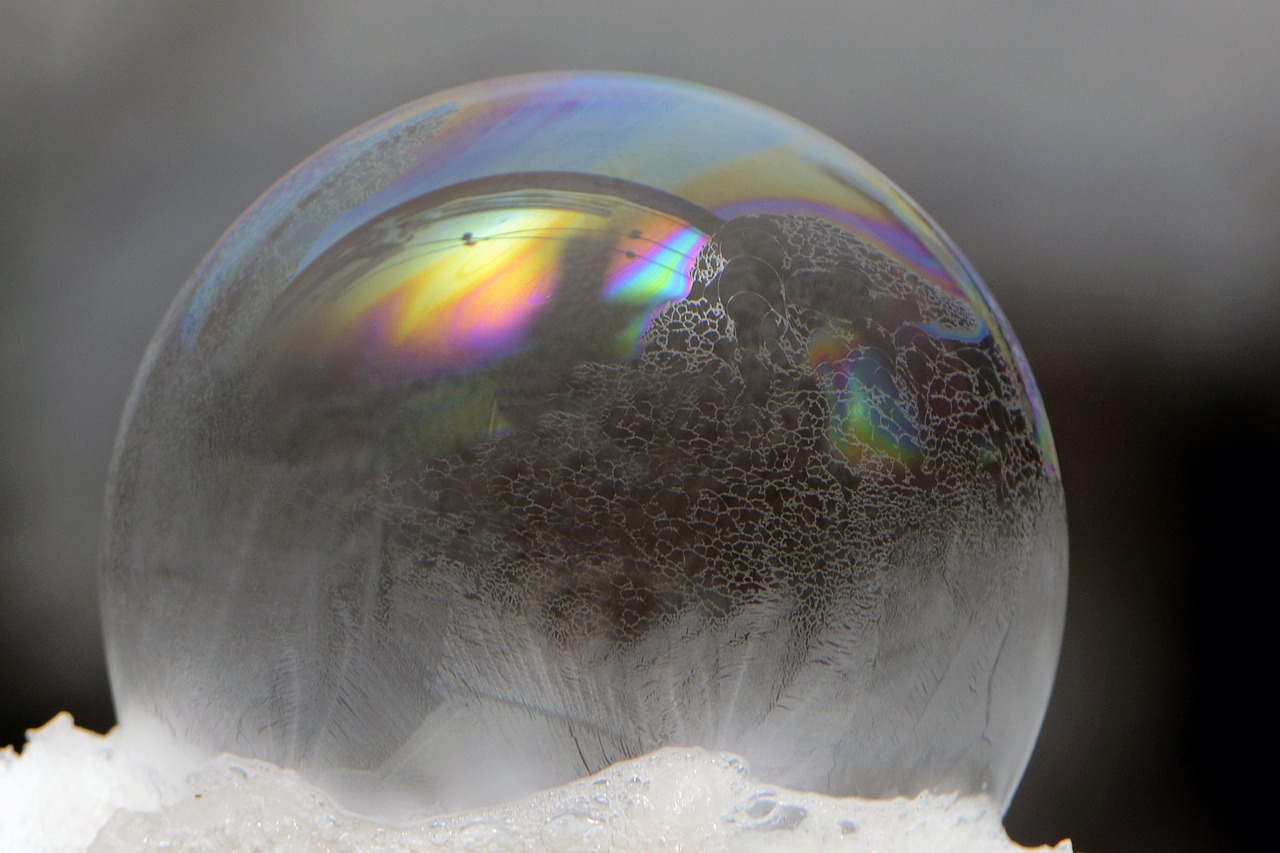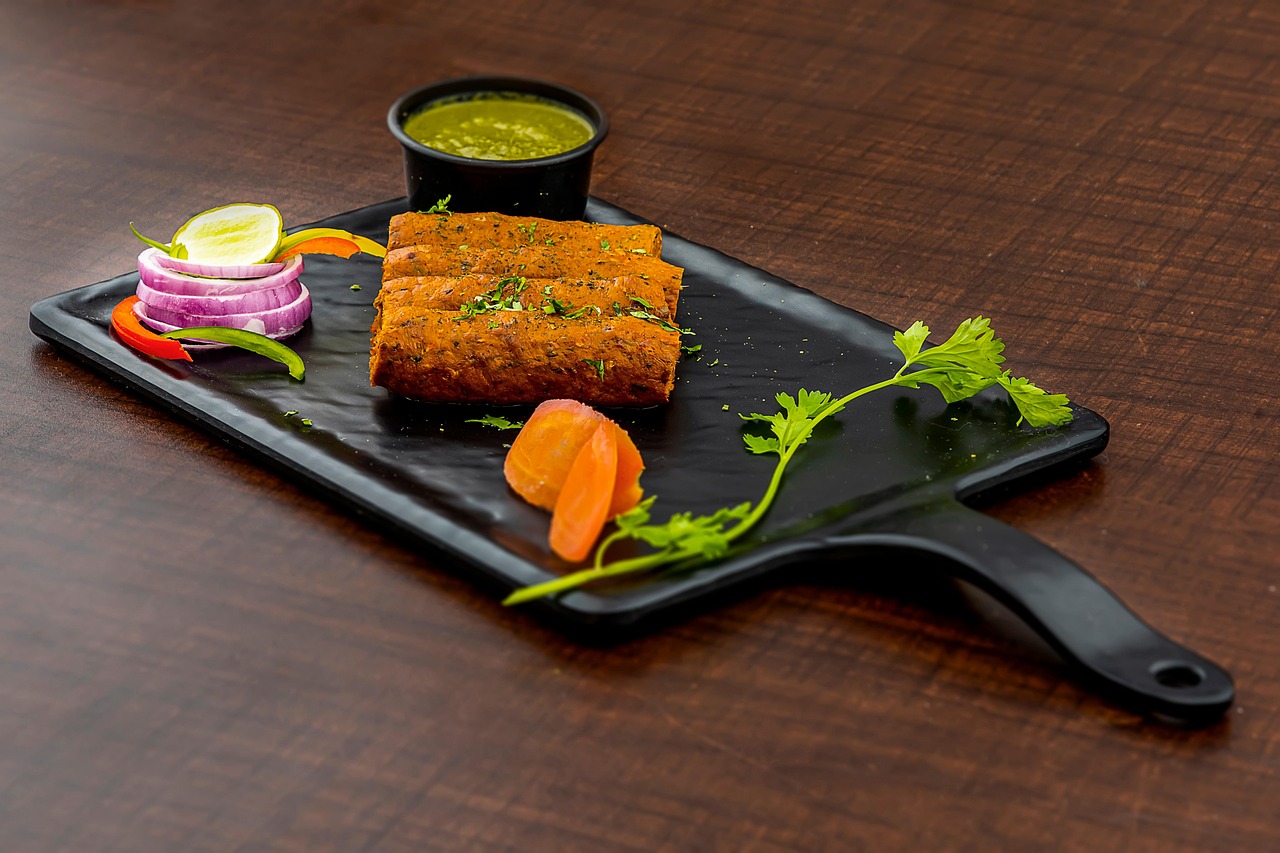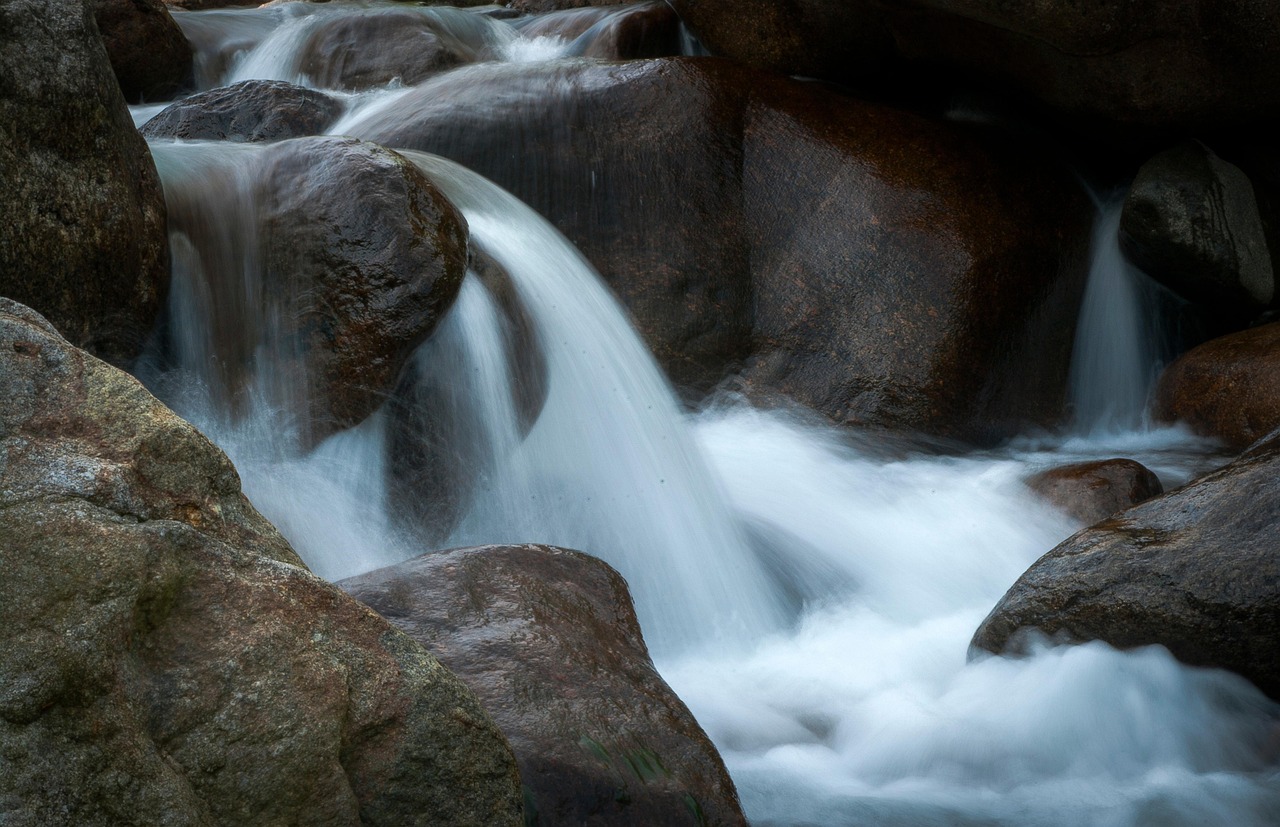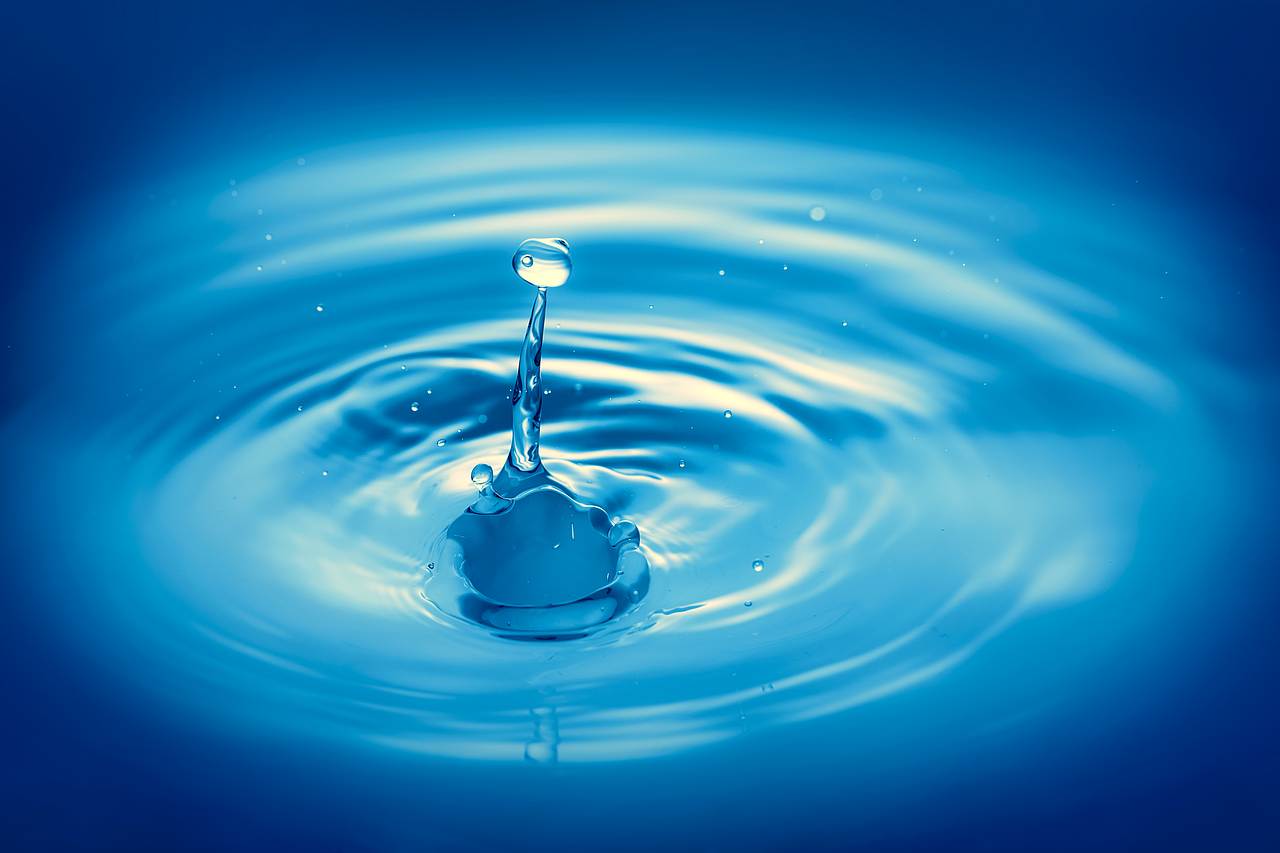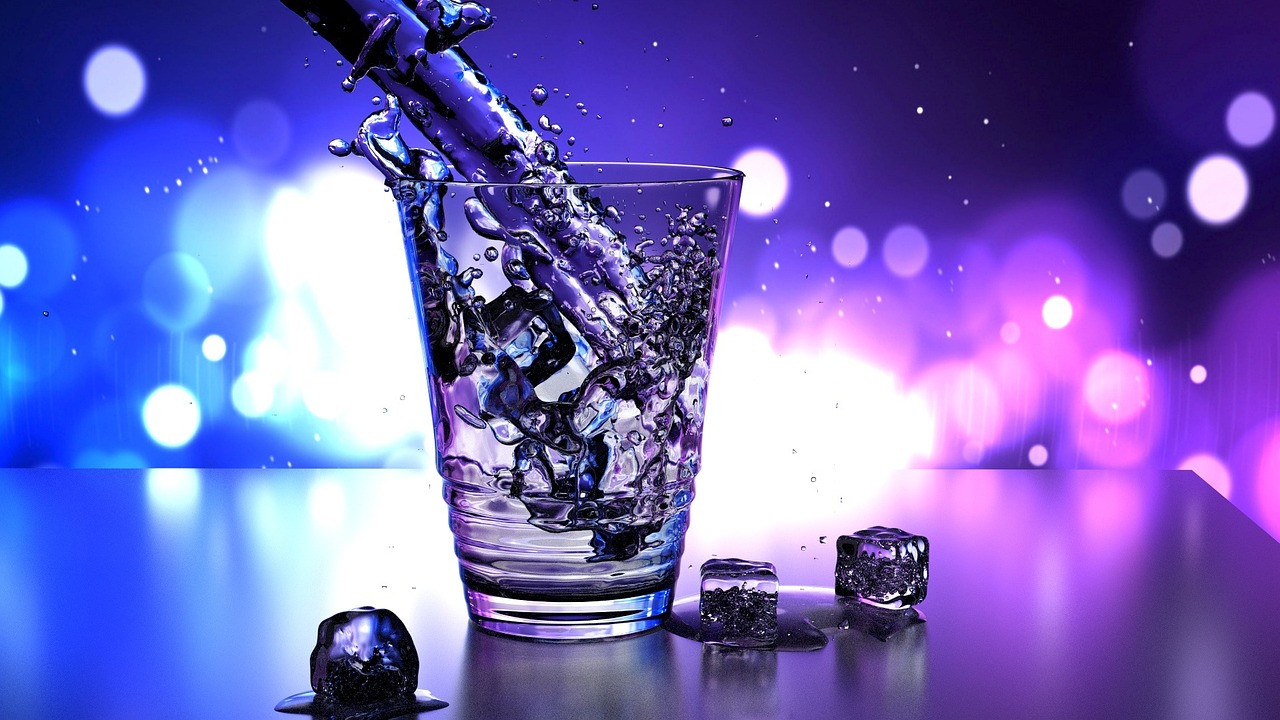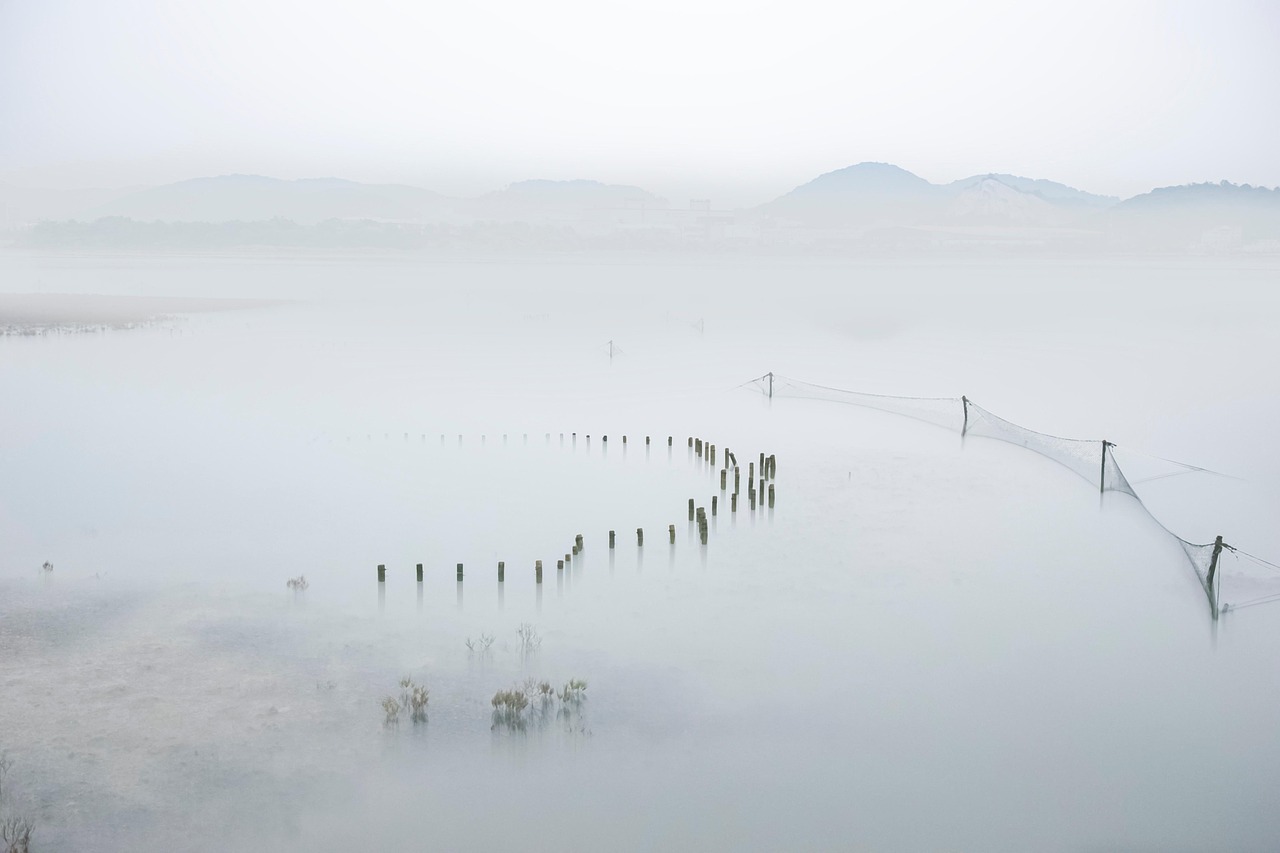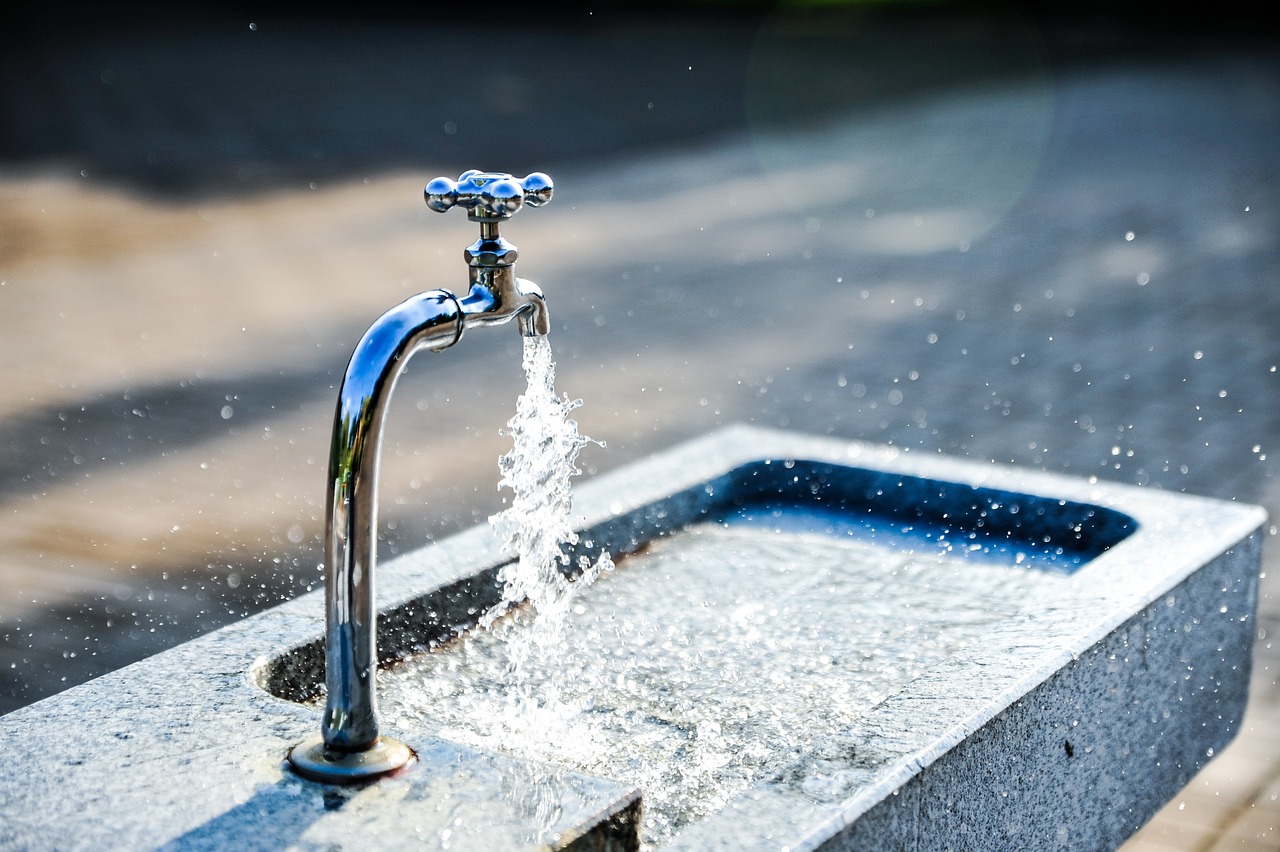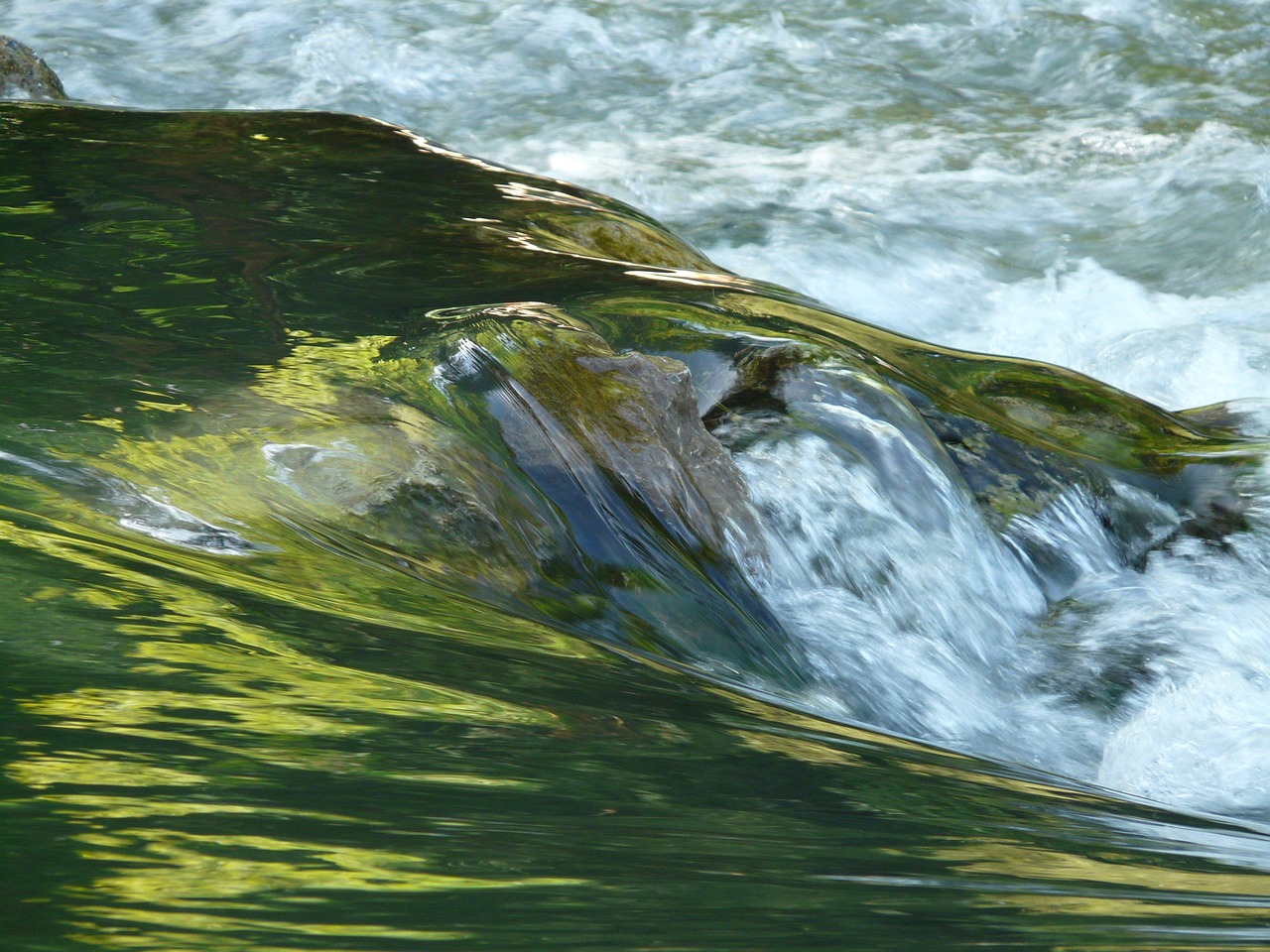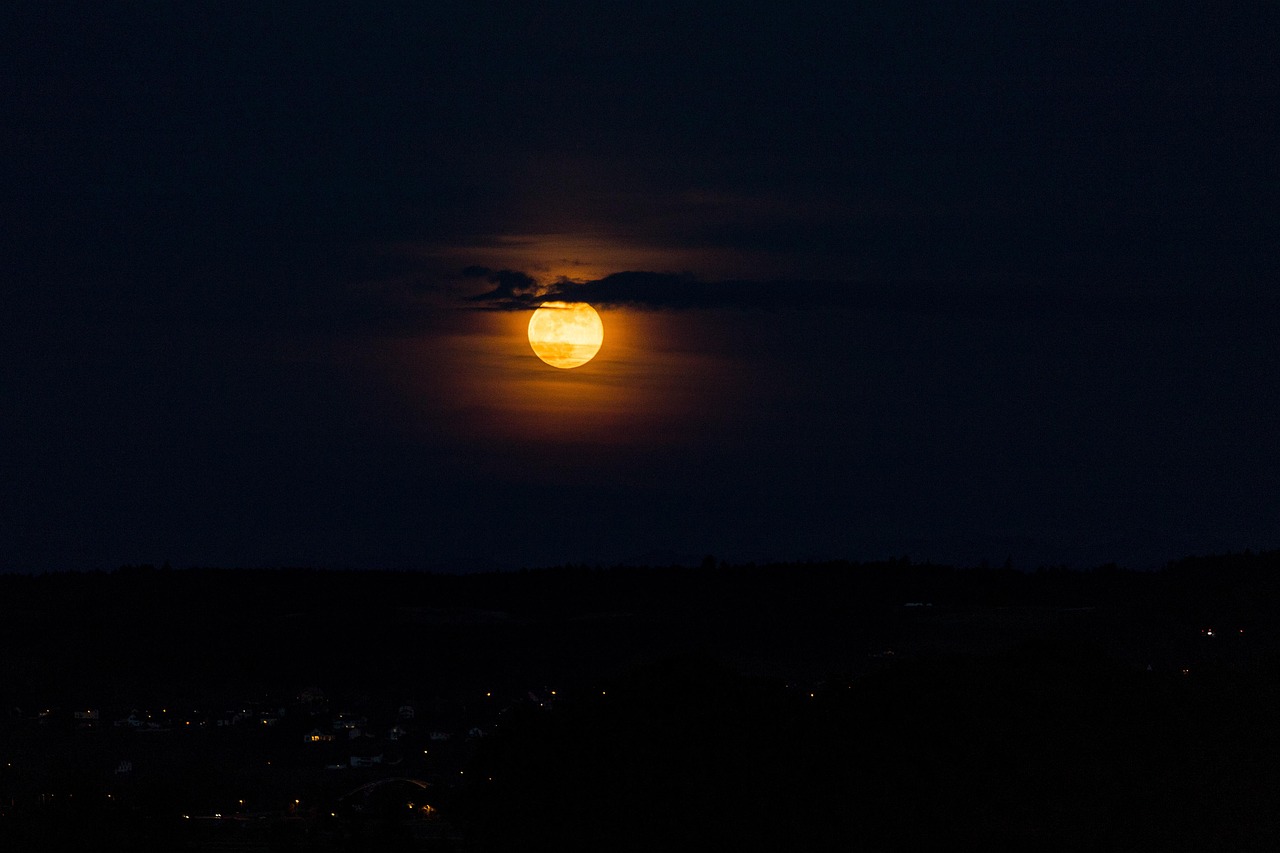This article delves into the fascinating phenomenon of whether warm water freezes faster than cold water. This question, often met with skepticism, invites exploration into scientific theories, historical experiments, and practical implications for everyday life.
The Mpemba Effect Explained
The Mpemba Effect is a counterintuitive phenomenon where warmer water can freeze faster than colder water under certain conditions. To comprehend this effect, one must examine the underlying physics and the historical observations that have sparked debate among scientists.
Historical Background of the Mpemba Effect
The Mpemba Effect is named after Erasto Mpemba, a Tanzanian student who, in 1963, observed that hot ice cream mixture froze faster than cold. His findings ignited curiosity and controversy within the scientific community, leading to further investigation into the factors that influence freezing rates.
Key Experiments in the 20th Century
Throughout the 20th century, numerous experiments aimed to replicate Mpemba’s findings, often yielding conflicting results. Researchers focused on various variables, including:
- Temperature
- Container type
- Environmental conditions
Early Research Findings
Initial research suggested that warmer water could freeze faster, yet results were inconsistent. Factors such as evaporation and convection currents emerged as possible explanations for these observations.
Modern Experimental Approaches
Recent studies have utilized advanced technology and controlled environments to gain a clearer understanding of the conditions under which warm water might freeze faster than cold. These experiments have provided valuable insights into the complexities of the freezing process.
Scientific Theories Behind the Effect
Several theories attempt to explain why warm water might freeze faster, including:
- Evaporation: As warmer water evaporates, it loses mass, resulting in a smaller volume that may freeze more quickly.
- Convection: Warmer water may create vigorous convection currents, promoting faster heat loss and potentially quicker freezing.
- Supercooling: The ability of water to remain liquid below its freezing point could also play a role in the Mpemba Effect.
Factors Influencing Freezing Rates
Understanding the factors that influence freezing rates is crucial for grasping the Mpemba Effect. Key factors include:
- Water purity: Impurities can affect freezing point.
- Container shape: The design of the container can influence heat distribution.
- Environmental conditions: Air pressure and humidity can significantly impact freezing rates.
Practical Implications of the Mpemba Effect
The Mpemba Effect has real-world applications across various fields, including:
- Cooking: Understanding how water freezes can enhance the preparation of ice-based dishes or rapid cooling methods.
- Food Preservation: Knowledge of freezing processes can lead to more efficient food preservation techniques.
- Climate Science: Insights into ice formation in natural bodies of water can influence climate change models and their effects on ecosystems.
The Ongoing Debate
The discourse surrounding the Mpemba Effect continues, with new research challenging previous assumptions. While the phenomenon is not universally accepted, it remains a captivating topic for scientists and enthusiasts alike, inviting further exploration and understanding.

The Mpemba Effect Explained
The Mpemba Effect is a fascinating and counterintuitive phenomenon that has intrigued scientists and curious minds alike. It suggests that under certain conditions, warm water can freeze faster than cold water. This seemingly paradoxical observation raises questions about the fundamental principles of physics and the behavior of water. In this section, we will delve deeper into the Mpemba Effect, exploring its underlying mechanisms, historical significance, and the scientific theories that attempt to explain it.
At its core, the Mpemba Effect challenges our intuitive understanding of freezing. Traditionally, we might assume that lower temperatures will lead to faster freezing times. However, the Mpemba Effect demonstrates that this is not always the case. To grasp why this occurs, we must consider several factors, including the role of evaporation, convection currents, and the physical properties of water.
The phenomenon was first brought to light by Erasto Mpemba, a Tanzanian student who, in 1963, noticed that hot ice cream mixture froze faster than a cold one. His observation led to a series of experiments and discussions that have persisted for decades. Despite numerous studies, the Mpemba Effect remains a topic of debate among scientists, with varying results and interpretations.
One of the key factors influencing the Mpemba Effect is evaporation. When warm water is exposed to colder air, it tends to lose mass more rapidly than cold water due to evaporation. This reduction in volume can result in a smaller quantity of water that requires freezing, thereby accelerating the freezing process. Furthermore, the heat distribution within the water plays a crucial role. Warmer water can create more vigorous convection currents, which promote faster heat loss, thereby leading to quicker freezing.
| Factor | Impact on Freezing |
|---|---|
| Evaporation | Reduces water volume, leading to faster freezing |
| Convection Currents | Enhances heat loss, promoting quicker freezing |
| Container Shape | Affects heat distribution and cooling rates |
| Environmental Conditions | Air pressure and humidity can influence freezing times |
Another important aspect to consider is the purity of the water. Impurities can alter the freezing point and the behavior of water molecules, potentially impacting the freezing rate. Additionally, environmental conditions such as air pressure and humidity can also play significant roles in the Mpemba Effect. For instance, high humidity may slow down evaporation, while low air pressure can enhance it.
In terms of practical applications, understanding the Mpemba Effect can have implications in various fields. In cooking, for example, knowing how to manipulate water temperatures can enhance the efficiency of freezing processes, leading to better results in ice cream production or rapid cooling of beverages. Moreover, in climate science, insights gained from the Mpemba Effect may help model ice formation in natural bodies of water, providing valuable data for understanding climate change and its effects on ecosystems.
In conclusion, the Mpemba Effect remains a captivating topic that merges science, history, and practical application. While the debate continues, the exploration of this phenomenon opens up new avenues for understanding the behavior of water and its implications in our daily lives.
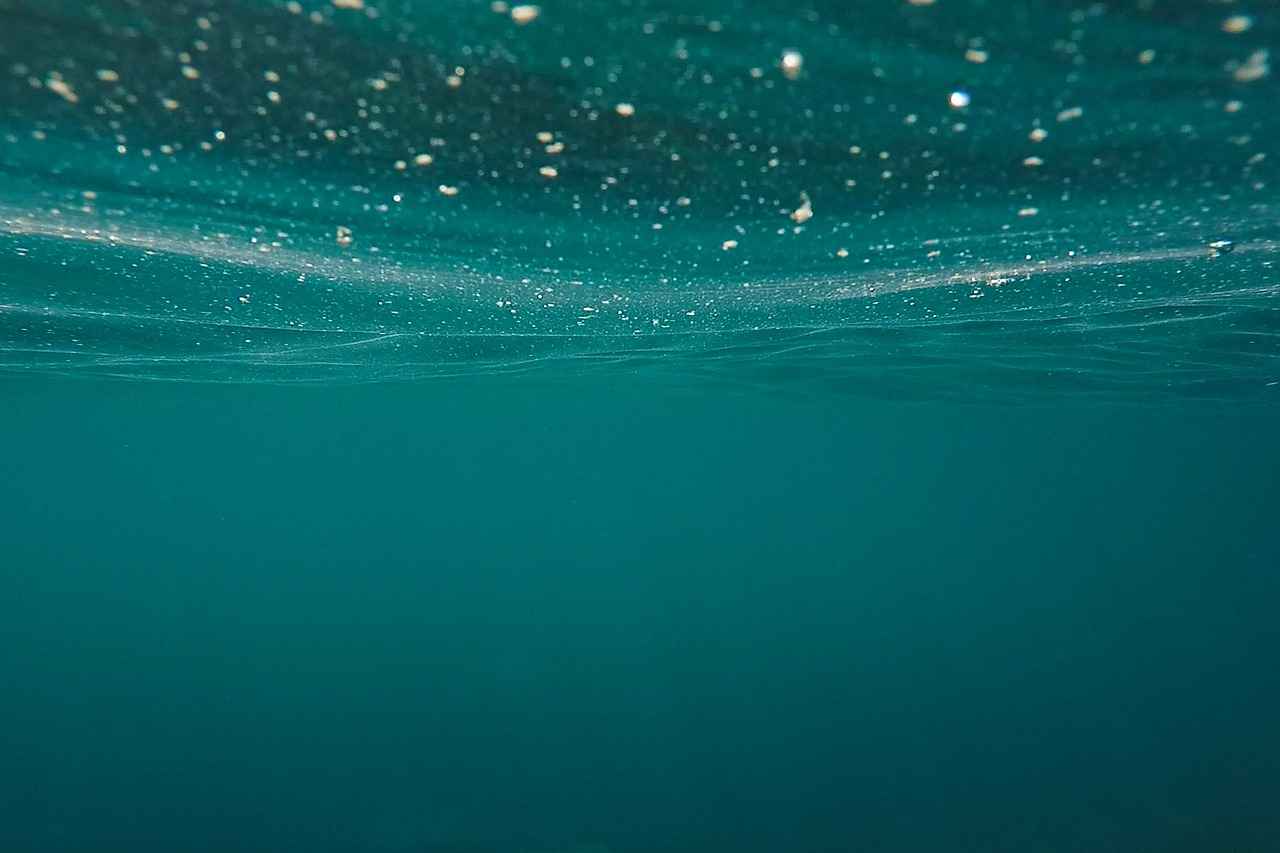
Historical Background of the Mpemba Effect
The Mpemba Effect is a fascinating phenomenon that has intrigued scientists and curious minds alike for decades. Named after Erasto Mpemba, a Tanzanian student, this effect describes the counterintuitive observation that warm water can freeze faster than cold water under certain conditions. This article delves into the historical background of the Mpemba Effect, its significance in the scientific community, and the ongoing discussions it has sparked.
In 1963, during a school experiment, Mpemba noticed that when he placed warm ice cream mixture into a freezer, it froze faster than a cooler mixture. This observation seemed perplexing, prompting him to share his findings with his teachers and fellow students. Despite initial skepticism, Mpemba’s claims caught the attention of scientists, leading to further inquiry into the phenomenon. His name became synonymous with this puzzling occurrence, and the Mpemba Effect was born.
Over the years, the Mpemba Effect has led to numerous studies attempting to replicate Mpemba’s initial findings. These studies have often produced mixed results, which has fueled debate within the scientific community. As researchers sought to understand the underlying mechanisms of this effect, they began to uncover various factors that could influence freezing rates. For instance, experiments showed that factors such as evaporation, convection currents, and the purity of water played crucial roles in determining how quickly water freezes.
One significant aspect of the Mpemba Effect is the role of evaporation. Warmer water tends to evaporate more quickly, resulting in a smaller volume of water that needs to freeze. This reduction in mass can lead to faster freezing times, as there is less water to cool down. Additionally, the presence of convection currents in warmer water can enhance heat distribution, allowing for quicker cooling processes.
Despite these insights, the Mpemba Effect remains a topic of contention. Some researchers argue that the effect is not universally applicable and can depend heavily on specific conditions, such as the type of container used, the initial temperature of the water, and environmental factors like air pressure and humidity. This variability has made it challenging to draw definitive conclusions regarding the phenomenon.
As the years have progressed, modern experimental approaches have sought to clarify the conditions under which the Mpemba Effect can be observed. Researchers have employed advanced technologies and controlled environments to better understand the intricacies of water freezing. These studies aim to provide a more comprehensive understanding of the Mpemba Effect, shedding light on why warm water might freeze faster than cold under certain circumstances.
In conclusion, the historical background of the Mpemba Effect is not just about a single observation made by a student; it represents a broader quest for knowledge and understanding in the realm of physics and thermodynamics. The discussions and debates it has generated continue to inspire scientists to explore the complexities of water behavior and the fundamental principles of freezing. As research evolves, the Mpemba Effect remains a captivating topic that bridges the gap between everyday experiences and scientific inquiry.
Key Experiments in the 20th Century
The exploration of the Mpemba Effect has led to a multitude of experiments throughout the 20th century, aiming to understand the perplexing idea that warm water can freeze faster than cold water. These investigations have produced a variety of results, often influenced by numerous variables.
Many of these studies centered on critical factors such as temperature, container type, and environmental conditions. The discrepancies in findings can largely be attributed to how these variables interact in different settings. Below, we delve into some of the significant experiments that have shaped our understanding of this phenomenon.
- Early Investigations: Initial experiments conducted in the 1960s, shortly after Mpemba’s original observation, often yielded inconsistent results. Researchers found that factors like evaporation played a crucial role in the freezing process. Warmer water tends to evaporate more quickly, leading to a reduction in volume that could potentially freeze faster.
- Container Influence: The type and shape of the container used in experiments also proved significant. For instance, studies showed that shallow containers allowed for greater surface area exposure, facilitating faster heat loss and potentially quicker freezing. Conversely, deeper containers may insulate the water, delaying the freezing process.
- Environmental Conditions: Experiments conducted in various environmental settings revealed that conditions such as air pressure and humidity could influence freezing rates. For example, in high humidity, evaporation rates might be lower, which could affect the overall freezing time.
- Modern Technological Advances: With the advent of more sophisticated technology in the late 20th century, researchers began to explore the Mpemba Effect under controlled laboratory conditions. These modern experiments often utilized precise temperature controls and advanced measurement tools to monitor freezing rates more accurately.
A notable experiment conducted by physicists in the early 2000s aimed to replicate the Mpemba Effect using a variety of water samples, including distilled and tap water. The results indicated that distilled water, when heated, froze faster than tap water due to the absence of impurities that could disrupt the freezing process. This finding highlighted the importance of water purity in freezing dynamics.
Furthermore, researchers have also considered the role of convection currents in water. Warmer water is less dense, which can create stronger convection currents that promote more uniform cooling. This phenomenon may lead to faster heat loss, thus enhancing the freezing rate.
In summary, the key experiments of the 20th century have provided a rich tapestry of insights into the Mpemba Effect. While results have varied, the exploration of factors such as temperature, container type, and environmental conditions has deepened our understanding of the complex behavior of water as it transitions to ice. As scientists continue to investigate this counterintuitive phenomenon, the Mpemba Effect remains a captivating subject that challenges our conventional understanding of freezing processes.
Early Research Findings
Early research into the phenomenon of whether warm water freezes faster than cold water, often referred to as the Mpemba Effect, has yielded intriguing yet inconsistent findings. Initial studies suggested that warmer water could indeed freeze more rapidly under certain conditions, but these results were not universally replicable. This inconsistency has led to ongoing debates among scientists and researchers.
One of the primary factors considered in early research was evaporation. Warmer water tends to evaporate more quickly than colder water, which could reduce the overall volume of water that needs to freeze. This reduction in volume might lead to quicker freezing times, as there is less water to cool down. However, the extent to which evaporation impacts freezing rates varies based on environmental conditions, making it a complex variable to assess.
Another significant factor is convection currents. In warmer water, the temperature gradient can create more vigorous convection currents, which help distribute heat more evenly throughout the liquid. These currents can enhance the cooling process, potentially leading to faster freezing times. However, the relationship between convection and freezing rates is not straightforward, as it depends on the size and shape of the container, as well as the initial temperature of the water.
Additionally, the presence of impurities in the water can influence freezing rates. Pure water freezes at 0 degrees Celsius, but impurities, such as salts or minerals, can lower the freezing point. In some early experiments, the purity of the water used varied significantly, which could account for the differing results observed among studies.
Moreover, the environmental conditions under which the experiments were conducted played a crucial role. Factors such as air pressure, humidity, and even the surrounding temperature can all impact how quickly water freezes. For instance, higher humidity levels may slow down the evaporation process, while lower air pressure can enhance it. These variables add layers of complexity to the early findings, making it challenging to draw definitive conclusions.
In summary, while early research indicated that warmer water might freeze faster than colder water, the results were often inconsistent due to various influencing factors. The interplay of evaporation, convection currents, water purity, and environmental conditions creates a multifaceted scenario that researchers continue to explore. As scientific methods evolve and experiments become more controlled, a clearer understanding of the Mpemba Effect may emerge, potentially validating or refuting earlier claims.
As scientists delve deeper into this phenomenon, it remains a captivating subject that invites curiosity and further investigation. The quest to understand why warm water may freeze faster continues to challenge conventional wisdom, inspiring both amateur enthusiasts and seasoned researchers alike.
Modern Experimental Approaches
have significantly advanced our understanding of the Mpemba Effect, where warm water can freeze faster than cold water under specific conditions. Recent studies have utilized innovative technologies and meticulously controlled environments to investigate this counterintuitive phenomenon. By adopting rigorous methodologies, researchers have been able to isolate various factors that influence freezing rates, leading to more consistent and reliable results.
One of the key advancements in these experiments is the use of high-precision temperature sensors and data logging systems. These tools allow scientists to monitor temperature changes with exceptional accuracy, providing insight into how different variables affect the freezing process. For example, researchers can now track how rapidly the temperature of water decreases in various settings, which is crucial for understanding the dynamics of heat loss.
Furthermore, modern experiments often employ controlled environments, such as temperature-regulated chambers, to minimize external influences like air currents and humidity. This level of control helps in accurately assessing how warm and cold water behaves when subjected to freezing conditions. By eliminating these variables, researchers can focus on intrinsic properties of water that might contribute to the Mpemba Effect.
One notable study involved placing identical containers of warm and cold water in a climate-controlled freezer. The results showed that under certain conditions, the warm water not only froze faster but also formed ice crystals that were structurally different from those formed by cold water. This finding suggests that the molecular structure of the ice may be influenced by the initial temperature of the water, a hypothesis that warrants further investigation.
| Experimental Variable | Impact on Freezing Rate |
|---|---|
| Temperature of Water | Warmer water may freeze faster under specific conditions. |
| Container Material | Different materials conduct heat differently, affecting freezing times. |
| Environmental Conditions | Humidity and air pressure can influence heat loss rates. |
Additionally, researchers have explored the role of evaporation in the freezing process. Warmer water tends to evaporate more quickly, reducing the overall volume that needs to freeze. This reduction in volume can lead to a faster freezing time, as there is less water to cool down. Moreover, the phenomenon of supercooling is also being studied, where water can remain liquid below its freezing point under certain conditions. Understanding how these factors interplay is crucial for a comprehensive grasp of the Mpemba Effect.
In conclusion, modern experimental approaches are shedding new light on the Mpemba Effect, revealing the complexities of how temperature, container type, and environmental factors interact to influence freezing rates. These insights not only enhance our scientific knowledge but also have practical implications in various fields, from culinary arts to climate science.
Scientific Theories Behind the Effect
When exploring the intriguing question of whether warm water freezes faster than cold, several scientific theories come into play. These theories provide a deeper understanding of the complex behavior of water as it transitions into ice, revealing fascinating insights into the physical properties of water.
- Evaporation: One of the leading theories involves the role of evaporation. Warmer water tends to evaporate more quickly than colder water. As the warmer water loses mass due to evaporation, it reduces the overall volume that needs to freeze. This reduction in volume can lead to a faster freezing process, as there is less water to cool down.
- Convection: Another significant factor is convection currents. In warmer water, these currents are more vigorous, promoting an efficient distribution of heat. This means that the heat is lost more rapidly from the surface of the water. As the warm water cools down, the convection currents can facilitate quicker heat loss, potentially leading to faster freezing times.
- Supercooling: Supercooling is a phenomenon where water remains in a liquid state even below its freezing point. Warmer water may be less likely to supercool compared to colder water. When the conditions are right, the warmer water can transition directly into ice without the delay that supercooled water experiences, thereby freezing faster under certain circumstances.
Each of these theories highlights the complexity of the freezing process and illustrates how various factors can influence the rate at which water freezes. The interaction between temperature, evaporation, and convection creates a dynamic environment where the freezing point of water is not a fixed value but rather a variable influenced by multiple conditions.
Furthermore, the Mpemba Effect, which brings these theories into practical scenarios, has prompted numerous studies aimed at replicating the phenomenon. Researchers have observed that the freezing rates can be affected by the initial temperature of the water, the shape of the container, and even the surrounding environmental conditions such as air pressure and humidity. These variables can alter the dynamics of heat transfer, making it essential to consider them when examining the freezing process.
In conclusion, the scientific theories surrounding the Mpemba Effect—evaporation, convection, and supercooling—offer valuable insights into why warm water might freeze faster than cold. Each theory contributes to a broader understanding of the physical properties of water and the factors that influence its transition to ice. As research continues, we may uncover even more complexities in this fascinating phenomenon.

Factors Influencing Freezing Rates
Understanding the factors that influence freezing rates is crucial for grasping the Mpemba Effect. This phenomenon, where warm water freezes faster than cold water under specific conditions, is influenced by various elements that can significantly alter the freezing process. Below are the key factors that play a vital role in determining how quickly water freezes:
- Water Purity: The purity of water can greatly affect its freezing point. Impurities such as salts and minerals can lower the freezing point, making it more challenging for water to freeze. In contrast, pure water tends to freeze at 0°C (32°F), while the presence of contaminants can alter this baseline.
- Container Shape: The shape and material of the container holding the water can influence freezing rates. For instance, shallow containers can promote faster freezing due to increased surface area, allowing more heat to escape quickly. Additionally, materials that conduct heat well, like metal, can enhance the freezing process compared to insulating materials like plastic.
- Environmental Conditions: Factors such as air pressure and humidity also play a significant role in freezing rates. Lower air pressure can lead to faster evaporation, which may reduce the volume of water that needs to freeze. High humidity can create a different set of conditions, potentially affecting heat exchange between the water and the surrounding air.
To further understand these factors, it’s essential to explore how they interact with one another:
| Factor | Influence on Freezing Rate |
|---|---|
| Water Purity | Impurities lower the freezing point, affecting the rate at which water freezes. |
| Container Shape | Shallower and conductive containers facilitate faster freezing due to increased surface area and heat conduction. |
| Air Pressure | Lower air pressure can enhance evaporation, potentially leading to quicker freezing. |
| Humidity | High humidity may slow down heat loss from the water, affecting freezing rates. |
The Role of Evaporation
Evaporation is a critical factor in the freezing process. When water is heated, it tends to evaporate more quickly, especially in warmer conditions. This loss of mass can lead to a smaller volume of water that must freeze, which may result in faster freezing times. The phenomenon of evaporation not only reduces the amount of water but also contributes to cooling the remaining water, enhancing the overall freezing process.
Convection Currents and Heat Distribution
Convection currents within the water can significantly affect how evenly it cools. In warmer water, these currents are often more vigorous, promoting quicker heat loss. This uneven cooling can create pockets of colder water that freeze faster, while warmer areas may still be cooling down. Understanding these currents is essential for grasping the complexities of the Mpemba Effect.
In summary, the freezing rate of water is influenced by a myriad of factors, including water purity, container shape, and environmental conditions. Each of these elements interacts in unique ways, contributing to the intriguing behaviors observed in the Mpemba Effect. By considering these factors, we can gain a deeper insight into the freezing process and the science behind this captivating phenomenon.
The Role of Evaporation
in the freezing process is an essential aspect of understanding the Mpemba Effect. Evaporation is the process where liquid water transforms into vapor, and this phenomenon can significantly alter the dynamics of freezing. When water is heated, its molecules gain energy, leading to a higher rate of evaporation. This increased loss of mass can result in a smaller volume of water, which may freeze more quickly than a larger volume of colder water.
To grasp the implications of evaporation on freezing rates, it is important to consider the following factors:
- Mass Loss: Warmer water tends to lose more mass through evaporation, which can lead to a situation where less water is available to freeze. As the volume decreases, the remaining water can cool more rapidly, facilitating quicker freezing.
- Surface Area: The surface area of the water exposed to air plays a crucial role in evaporation. In containers with larger surface areas, the rate of evaporation is accelerated. This means that if warm water is placed in a wide container, it may lose mass faster than cold water in a similar container.
- Environmental Conditions: Factors such as air pressure, humidity, and airflow can influence the rate of evaporation. For instance, in low-humidity environments, evaporation occurs more rapidly, which can enhance the freezing process of warmer water.
Moreover, the interaction between evaporation and convection currents can further complicate the freezing dynamics. Convection currents are movements within the water that arise due to temperature differences. Warmer water tends to create more vigorous convection currents, which can promote faster heat loss. This can lead to a scenario where the water cools down more quickly, thereby increasing the likelihood of faster freezing.
Interestingly, the relationship between evaporation and freezing is not linear. While losing mass through evaporation can lead to quicker freezing, the actual freezing rate is also influenced by the water’s initial temperature and the surrounding conditions. Research indicates that under certain circumstances, the evaporation of warmer water can enhance the cooling process, leading to a more rapid transition to ice.
In practical applications, understanding the role of evaporation can have significant implications. For example, in cooking, knowing how to manipulate water temperatures and volumes can lead to more efficient freezing methods. Additionally, in industrial settings where rapid freezing is required, such as in food preservation, controlling evaporation rates can optimize freezing times and improve product quality.
In conclusion, the role of evaporation in the freezing process is a complex interplay of various factors. The loss of mass through evaporation can contribute to quicker freezing of warm water under specific conditions. This phenomenon highlights the intricate behaviors of water and the importance of understanding these principles in both scientific research and everyday applications.
Convection Currents and Heat Distribution
Understanding the intricate dynamics of convection currents and their role in heat distribution is essential when discussing the freezing process of water. Convection currents arise due to temperature differences within a fluid, causing warmer, less dense water to rise while cooler, denser water sinks. This movement creates a cycle that can significantly affect how and when water freezes.
When water is heated, it expands and becomes less dense, leading to the formation of vigorous convection currents. These currents can cause uneven temperature distributions within the body of water. As a result, warmer regions may lose heat more rapidly than cooler areas, which can accelerate the freezing process. This phenomenon is particularly relevant in the context of the Mpemba Effect, where warmer water is observed to freeze faster than colder water under specific conditions.
Several factors contribute to the effectiveness of convection currents in promoting heat loss:
- Temperature Gradient: A steep temperature gradient within the water can enhance the strength of convection currents. As warmer water rises, it displaces cooler water, which then sinks, creating a continuous cycle that facilitates faster heat distribution.
- Container Shape: The shape and size of the container holding the water can influence how convection currents develop. For instance, a wide, shallow container may allow for more effective convection than a narrow, deep one, leading to improved heat loss and potentially quicker freezing.
- Water Movement: External factors such as stirring or agitation can also enhance convection currents. This movement disrupts stagnant layers of water, promoting uniform cooling and accelerating the freezing process.
Moreover, the presence of impurities or dissolved gases in the water can alter its freezing behavior. These impurities can disrupt the natural convection currents, leading to variations in freezing times. For example, water with higher concentrations of dissolved salts may exhibit different convection patterns than pure water, affecting its overall freezing dynamics.
In addition, the phenomenon of supercooling plays a significant role in the freezing process. Supercooled water exists in a liquid state below its freezing point, and when disturbed, it can freeze rapidly. Convection currents can facilitate this transition by promoting localized cooling and creating conditions where supercooling is more likely to occur.
Understanding these dynamics provides valuable insights into various practical applications. For instance, in culinary practices, chefs can utilize the knowledge of convection currents to optimize freezing techniques for ice creams or sorbets, ensuring a smoother texture. In environmental science, recognizing how convection currents influence ice formation in natural bodies of water can help researchers predict changes in ecosystems as climate conditions evolve.
In summary, convection currents significantly impact heat distribution within water, leading to uneven cooling and potentially quicker freezing times. By comprehensively examining the factors influencing these currents, we gain a deeper understanding of the freezing process, enhancing our ability to apply this knowledge across various fields.
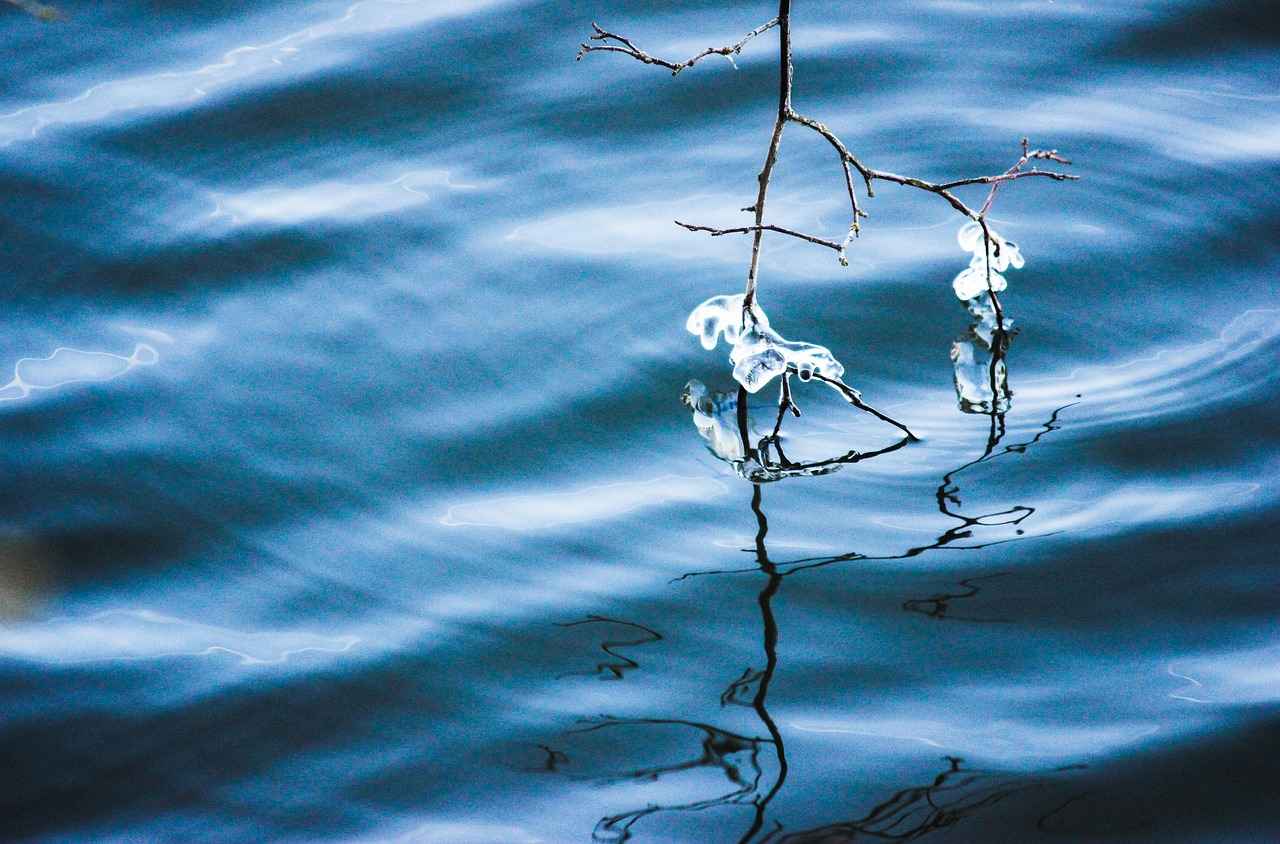
Practical Implications of the Mpemba Effect
The Mpemba Effect is not just a scientific curiosity; it has practical implications that span various fields, including cooking, food preservation, and climate science. Understanding this phenomenon can lead to more efficient practices in these areas, ultimately saving time and resources.
In the culinary world, the Mpemba Effect can significantly influence the way chefs and home cooks approach ice preparation and cooling methods. For instance, when preparing dishes that require rapid cooling, such as sorbets or ice creams, utilizing warm water could potentially expedite the freezing process. This is especially beneficial in high-volume kitchens where efficiency is paramount.
- Ice Production: By recognizing that warm water may freeze faster, ice production facilities could optimize their processes, leading to increased output and reduced energy consumption.
- Food Preservation: In food preservation, understanding the freezing rates can help in developing better methods for preserving fruits and vegetables, ensuring that they maintain their quality and nutritional value.
The implications of the Mpemba Effect extend beyond the kitchen and into the realm of climate science. Understanding how ice forms in natural bodies of water can provide insights into climate change and its effects on ecosystems. For example, the rate at which ice forms on lakes and rivers can influence local wildlife and plant life.
- Ice Formation Models: Researchers can use the Mpemba Effect to refine models that predict ice formation under varying environmental conditions, which is crucial for understanding climate dynamics.
- Impact on Ecosystems: Changes in ice formation due to warming temperatures can disrupt aquatic ecosystems, affecting fish populations and other wildlife that depend on stable ice conditions.
Industries that rely on freezing processes can also benefit from the Mpemba Effect. For instance, in the manufacturing of frozen foods, understanding how warm water behaves during freezing can lead to improved efficiency and product quality.
- Enhanced Freezing Techniques: By applying the principles of the Mpemba Effect, companies can develop advanced freezing techniques that minimize ice crystal formation, thereby preserving the texture and taste of frozen products.
- Energy Efficiency: Utilizing warm water in freezing processes can reduce energy costs, as less time is needed for the product to reach freezing temperatures.
Ongoing research into the Mpemba Effect continues to unveil its potential applications. Scientists are exploring how this phenomenon can be harnessed in various technological innovations, from cooling systems to advancements in cryogenics.
- Cooling Systems: Engineers are investigating how the Mpemba Effect can be integrated into new cooling technologies, potentially leading to more efficient air conditioning systems.
- Cryogenics: In the field of cryogenics, understanding the Mpemba Effect can enhance methods for preserving biological samples, improving outcomes in medical and scientific research.
In summary, the Mpemba Effect holds significant promise across multiple sectors. By leveraging this phenomenon, we can enhance efficiency in cooking, improve food preservation methods, and contribute to advancements in climate science and industrial processes. As research continues, the potential applications of this intriguing effect will likely expand, leading to innovative solutions that benefit both consumers and industries alike.
Impacts on Cooking and Food Preservation
Understanding the impacts of the Mpemba Effect on cooking and food preservation is crucial for culinary professionals and home cooks alike. The phenomenon, where warm water can freeze faster than cold water, has significant implications for how we approach ice-based dishes and rapid cooling methods.
In the realm of culinary arts, the preparation of ice-based dishes such as sorbets, ice creams, and frozen desserts can benefit from a deeper understanding of freezing processes. When chefs utilize warmer water to create bases for these dishes, they may find that their mixtures freeze more quickly. This rapid freezing can lead to a smoother texture, as it reduces the size of ice crystals that form during the freezing process. Smaller ice crystals result in a creamier and more enjoyable mouthfeel, enhancing the overall quality of the dessert.
In addition to ice-based dishes, the Mpemba Effect can influence various rapid cooling techniques used in cooking. For instance, when preparing dishes that require quick temperature reductions—such as blanching vegetables or cooling stocks—using warm water can expedite the cooling process, saving valuable time in a busy kitchen. This efficiency can be particularly beneficial in high-volume cooking environments, where speed and consistency are paramount.
The implications of the Mpemba Effect extend beyond immediate cooking applications into the realm of food preservation. Understanding how water freezes can enhance methods for preserving food quality. For example, when freezing leftovers or batch-cooking meals, utilizing warm water can lead to faster freezing times, which helps lock in flavors and nutrients. This is especially important for perishable items, where maintaining freshness is key to preventing spoilage.
For home cooks, knowledge of the Mpemba Effect can transform everyday practices. When preparing ice cubes for beverages or infusing flavors into ice, starting with warm water can yield better results. Not only does this method produce clearer ice cubes—due to reduced air bubbles—but it also ensures that the ice melts more slowly, keeping drinks chilled without dilution.
As culinary science continues to evolve, the understanding of freezing processes opens up new avenues for innovation. Culinary professionals are encouraged to experiment with temperature variations in their recipes and techniques. By observing the outcomes of using warm versus cold water in various freezing applications, chefs can refine their methods and enhance the quality of their dishes.
Incorporating the principles of the Mpemba Effect into culinary practices not only improves the efficiency of food preparation but also elevates the overall dining experience. By embracing the science behind how water freezes, cooks can create better textures, preserve flavors, and ultimately serve dishes that delight the palate.
Relevance in Climate Science
The Mpemba Effect, a fascinating and somewhat perplexing phenomenon, has garnered significant interest in the realm of climate science. This effect, where warm water freezes faster than cold water under specific conditions, presents intriguing implications for understanding ice formation in natural bodies of water. Delving into the complexities of this effect can enhance our comprehension of climate change and its far-reaching impacts on ecosystems.
Ice formation plays a crucial role in regulating the climate and maintaining ecological balance. In natural settings, bodies of water undergo freezing processes influenced by various factors, including temperature, salinity, and atmospheric conditions. The Mpemba Effect introduces an additional layer of complexity, suggesting that the initial temperature of water can impact how quickly it transitions to ice. This understanding could refine existing climate models, allowing scientists to predict changes in ice cover and its subsequent effects on global temperatures.
Traditional climate models often rely on established principles of thermodynamics and fluid dynamics to forecast changes in polar and glacial ice. However, the Mpemba Effect challenges some of these assumptions. By integrating this phenomenon into climate models, researchers can better simulate the dynamics of ice formation, particularly in regions experiencing fluctuating temperatures. The impact of warmer water freezing more rapidly could influence local climate patterns, potentially altering weather systems and contributing to more extreme weather events.
The implications of the Mpemba Effect extend beyond mere temperature fluctuations; they can significantly affect aquatic ecosystems. For instance, the rate at which ice forms can influence the habitat conditions for various species. Fish and other aquatic organisms depend on specific temperature ranges, and rapid ice formation could lead to hypoxic conditions—a situation where oxygen levels in the water drop, endangering marine life. Additionally, changes in ice dynamics can affect nutrient cycling and the overall health of aquatic ecosystems.
Ongoing research into the Mpemba Effect is crucial for expanding our understanding of its ramifications in climate science. Studies have shown that under certain conditions, such as high evaporation rates or specific container shapes, warm water can indeed freeze faster. These findings encourage scientists to explore how these factors interact with larger climate systems. Furthermore, by analyzing historical data and contemporary observations, researchers can discern patterns that may lead to more effective strategies for mitigating the impacts of climate change.
Understanding the Mpemba Effect has practical applications that can aid in addressing climate-related challenges. For example, insights gained from this phenomenon can inform strategies for managing ice in polar regions, enhancing our ability to predict melting rates and their consequences for sea-level rise. Additionally, this knowledge can contribute to the development of more effective climate adaptation strategies for communities reliant on ice-covered water bodies for their livelihoods.
In summary, the Mpemba Effect is not just a curious scientific anomaly; it is a phenomenon with significant implications for climate science. By deepening our understanding of how warm water can freeze faster than cold, we can refine climate models and better predict the effects of climate change on ecosystems. As research continues to unfold, the relevance of the Mpemba Effect in shaping our approach to climate science will undoubtedly become increasingly apparent.
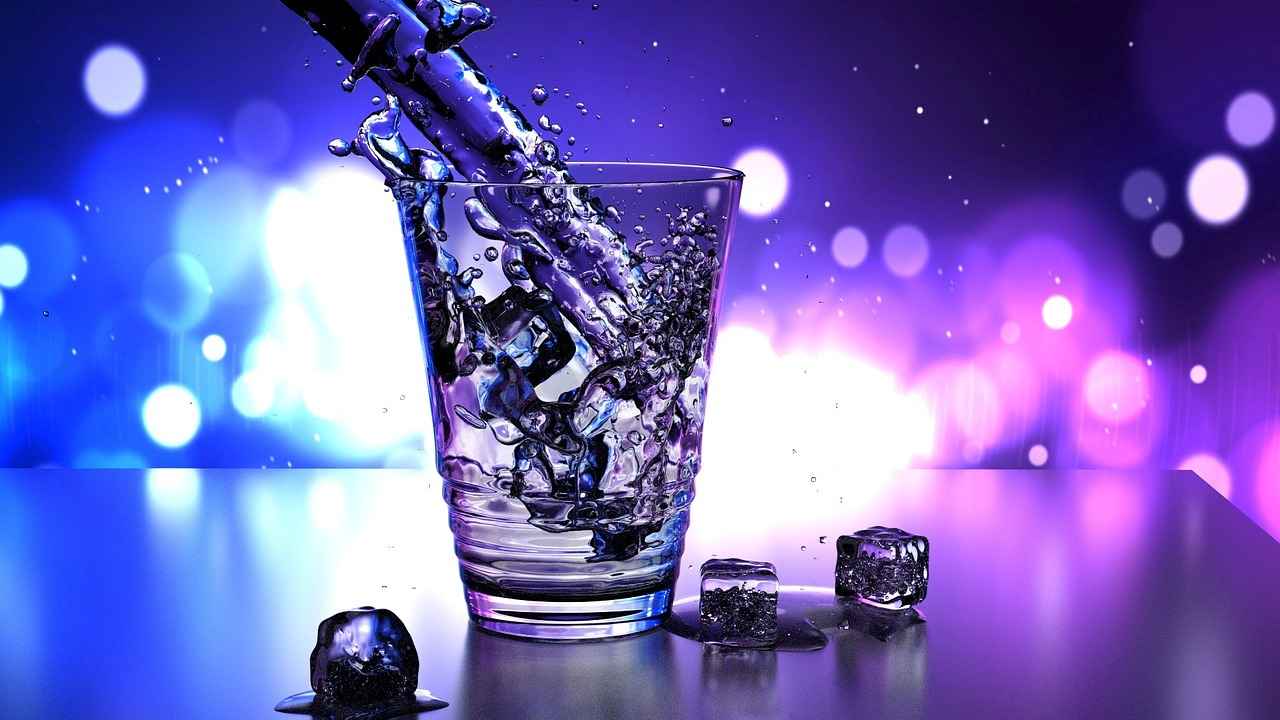
Conclusion: The Ongoing Debate
The ongoing debate regarding the Mpemba Effect, which posits that warm water can freeze faster than cold water, has captivated scientists and enthusiasts for decades. This phenomenon, named after Tanzanian student Erasto Mpemba, who famously observed it in the 1960s, raises intriguing questions about the fundamental properties of water and the conditions that influence freezing rates.
Despite numerous studies, the Mpemba Effect remains a controversial topic. Researchers have explored various theories to explain why warm water might freeze faster, including evaporation, convection currents, and supercooling. While some experiments support the existence of this effect, others yield inconsistent results, leading to a divide in the scientific community.
One of the key factors contributing to the debate is the role of evaporation. When warm water is exposed to cold temperatures, it tends to lose more mass through evaporation compared to cold water. This reduction in volume can lead to a quicker freezing process, as there is less water to freeze. Additionally, the convection currents generated in warmer water can enhance heat distribution, promoting faster cooling in certain conditions.
However, the inconsistency of experimental results complicates the narrative. Some studies have shown that factors such as container shape, water purity, and even environmental conditions like air pressure and humidity can significantly impact freezing rates. For instance, water in a wider container may freeze faster due to increased surface area for heat exchange, while impurities in water can alter its freezing point.
Modern experimental approaches have sought to clarify these variables by utilizing advanced technology and controlled environments. Researchers have conducted numerous trials to isolate the conditions under which the Mpemba Effect is most likely to occur. Despite this, the phenomenon does not have a universal acceptance, and many scientists remain skeptical, emphasizing the need for further research.
The implications of the Mpemba Effect extend beyond academic curiosity. In practical terms, understanding this phenomenon can have significant applications in fields such as cooking, food preservation, and even climate science. For example, chefs can optimize their ice-making processes, while climate scientists can better understand ice formation in natural bodies of water, which is crucial for climate modeling.
As new research continues to emerge, the debate surrounding the Mpemba Effect is likely to evolve. With each study, we gain deeper insights into the complexities of water behavior and the factors that influence freezing rates. The Mpemba Effect serves as a reminder of the intricacies of scientific inquiry and the importance of questioning established assumptions.
In conclusion, the Mpemba Effect remains an enigmatic topic that invites both skepticism and fascination. As researchers delve deeper into the science behind freezing water, we may eventually uncover definitive answers that can either support or refute this counterintuitive phenomenon. Until then, the debate will undoubtedly continue, captivating the minds of scientists and enthusiasts alike.
Frequently Asked Questions
- What is the Mpemba Effect?
The Mpemba Effect is the phenomenon where warmer water can freeze faster than colder water under certain conditions. This counterintuitive concept has puzzled scientists for years and is still a topic of research and debate.
- Who discovered the Mpemba Effect?
The effect is named after Erasto Mpemba, a Tanzanian student who noticed this unusual behavior of water in 1963. His observations sparked significant interest and further scientific inquiry into the freezing process.
- What factors influence the freezing rate of water?
Several factors can affect how quickly water freezes, including temperature, the shape of the container, environmental conditions like air pressure and humidity, and even the purity of the water.
- Can evaporation play a role in freezing?
Yes! Evaporation can significantly impact the freezing process. Warmer water tends to evaporate more quickly, which can decrease its volume and lead to faster freezing.
- Is the Mpemba Effect universally accepted?
The Mpemba Effect is still debated among scientists. While some experiments support the idea, others produce inconsistent results, making it a fascinating yet unresolved topic in the scientific community.
